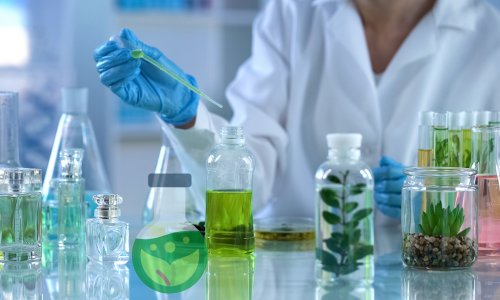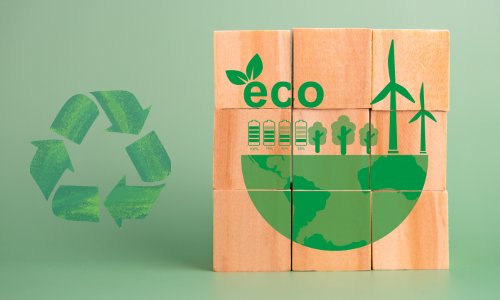How Green Chemistry Is Transforming the Future of Industry
Discover how green chemistry is revolutionizing the chemical and pharmaceutical industries. Learn about sustainable innovations shaping a cleaner, safer industrial future.
In today’s world, sustainability is no longer a trend—it's a necessity. As industries grapple with the environmental impacts of traditional manufacturing processes, green chemistry is emerging as a transformative force, offering cleaner, safer, and more efficient ways to produce the goods we rely on every day.
It goes beyond managing waste—it aims to prevent pollution at the source and promote resource efficiency from the ground up.
Rethinking Industrial Processes
For decades, industrial manufacturing has relied on toxic solvents, energy-intensive processes, and non-renewable feedstocks. These practices have led to air and water pollution, hazardous waste, and high carbon emissions. Green chemistry offers a better alternative by emphasizing innovation in process design.
Chemical reactions are being reengineered to use safer catalysts, renewable materials, and non-toxic reagents. For instance, supercritical CO₂ is now used as a greener solvent in place of volatile organic compounds (VOCs), which are known to cause environmental and health issues.
Cleaner Production in Key Sectors
In the pharmaceutical industry, green chemistry has led to significant breakthroughs. By developing more efficient synthesis routes, companies can reduce the number of steps in drug production, cut down on solvent use, and lower the volume of chemical waste. This not only minimizes environmental impact but also improves cost-effectiveness.
In agriculture, green chemistry is driving the creation of eco-friendly pesticides and fertilizers that degrade harmlessly in the environment while still protecting crops effectively.
Cosmetic and personal care industries are also adopting green chemistry by formulating products free of harmful parabens, sulfates, and synthetic fragrances. These products are safer for both consumers and ecosystems when washed down the drain.
Renewable Resources and Circular Economy
Green chemistry supports the shift toward a circular economy, where materials are reused, recycled, and regenerated. One of the biggest advances is the development of biobased chemicals, derived from renewable sources like plants, algae, and agricultural waste. These alternatives can replace petroleum-based materials used in plastics, textiles, and packaging.
Biodegradable polymers, created through green chemistry, are already being used in compostable bags, food containers, and medical devices—offering solutions to plastic pollution and landfill overflow.
Energy Efficiency and Climate Action
Traditional chemical processes often require high temperatures and pressures, consuming large amounts of energy. Green chemistry focuses on energy-efficient reactions and room-temperature processes, reducing greenhouse gas emissions and conserving energy. Additionally, it enables cleaner energy technologies, such as the development of improved batteries, fuel cells, and solar panels.
Economic and Regulatory Benefits
While green chemistry supports environmental goals, it also provides economic advantages. Reducing waste and energy consumption leads to cost savings, while creating safer work environments minimizes health risks and liability. Regulatory agencies around the world are encouraging green practices through incentives, guidelines, and restrictions on hazardous substances.
Industries that embrace green chemistry are also gaining market advantage, as consumers increasingly demand sustainable and responsibly produced products.
The Road Ahead
These include the need for education and training, investment in research, and collaboration across sectors. However, as awareness grows and technologies evolve, green chemistry is becoming a cornerstone of responsible innovation.
By embedding sustainability into the foundation of chemical science, green chemistry is not just reducing harm—it’s helping industries redefine progress. The transformation it brings is not only environmental but also economic, social, and global in scope. In the future of industry, green chemistry is not a choice—it’s the way forward.
Meta Keywords
green chemistry, sustainable chemical manufacturing, eco-friendly pharma, industrial innovation, chemical industry trends, pharmaceutical sustainability, green technology, clean chemistry, sustainable innovation, eChem NetworkGreen ChemistryGreen ChemistryvcGreen Chemistry
What's Your Reaction?




















